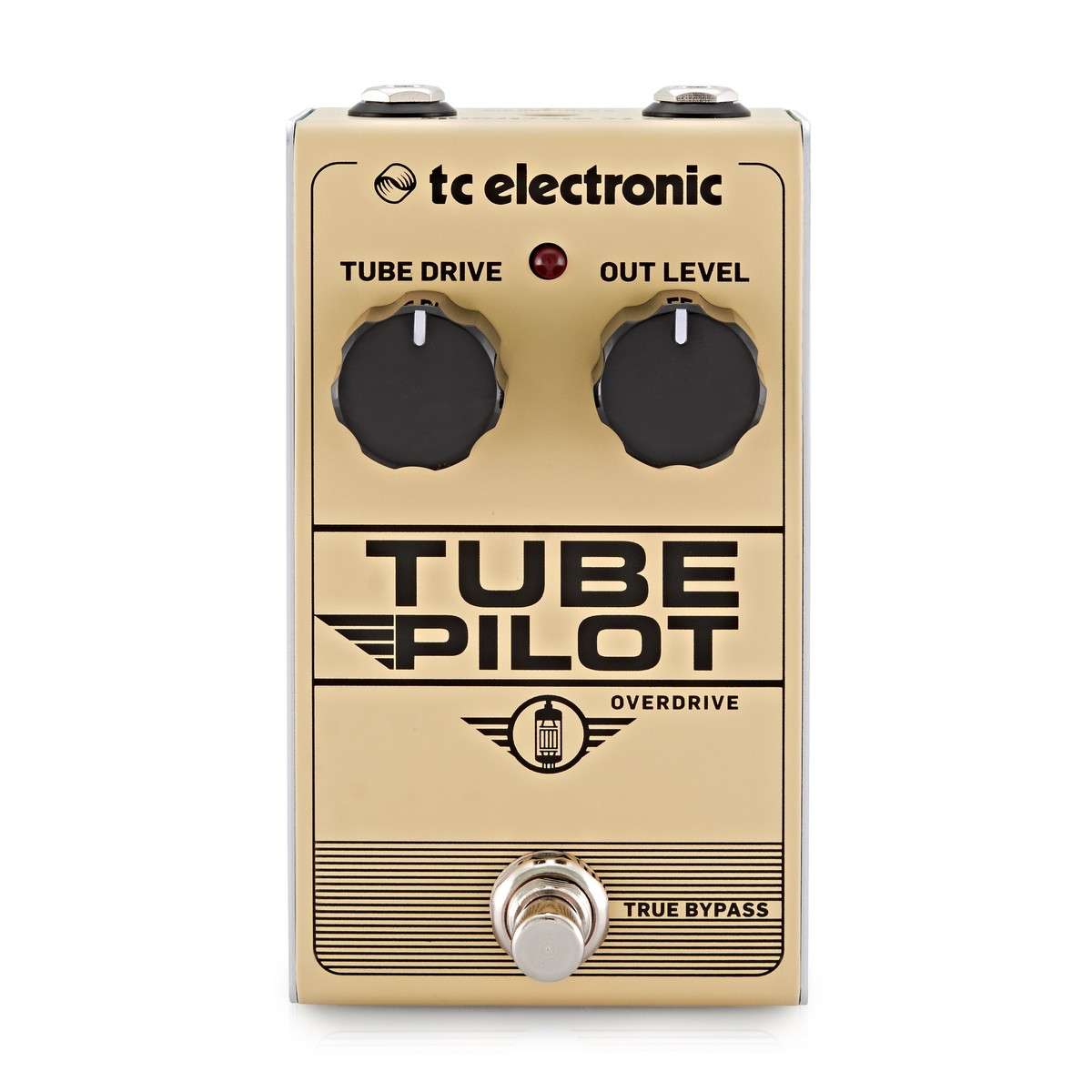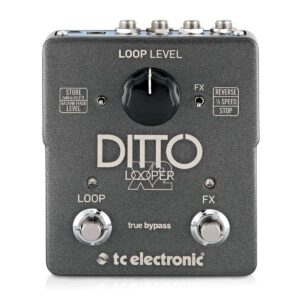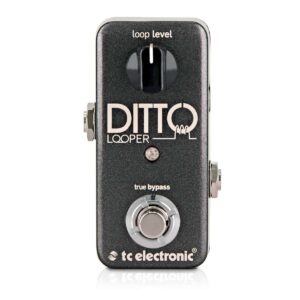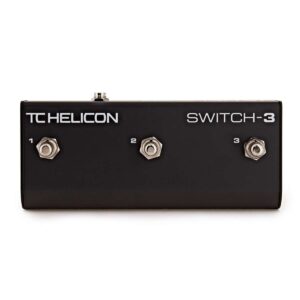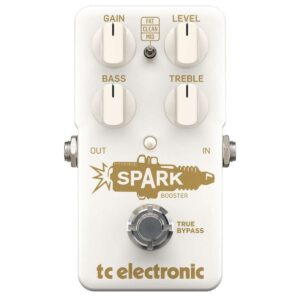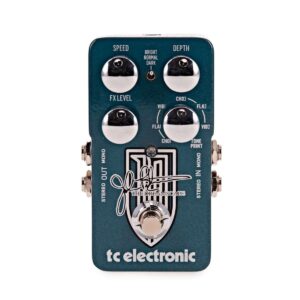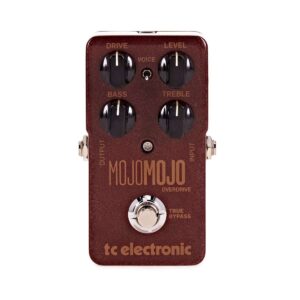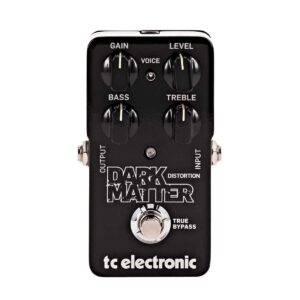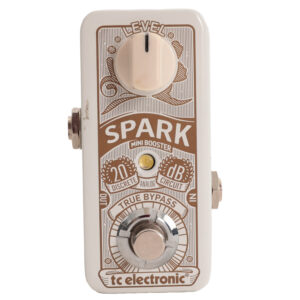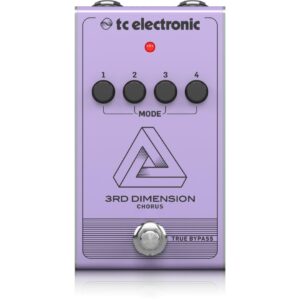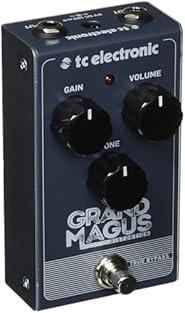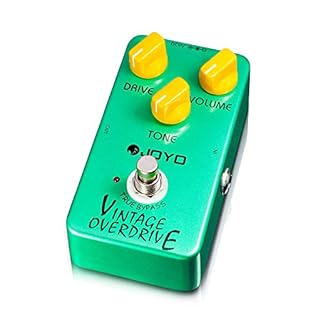Description
The TC Electronic Tube Pilot Overdrive is in New condition and made by TC Electronic , it is a great Volume Preamp Overdrive Analogue Guitar Effect Pedal- The TC Electronic Tube Pilot is an overdrive pedal that delivers real valve tone from within a compact and rugged unit. Featuring a real 12AX7 preamp valve youll be able to access an incredibly dynamic range of responsive rich harmonics that only tube technology can produce. TC Electronic wanted to give players the real deal with no valve lights or gimmicky aesthetic tricks. Instead they have developed an authentic sound and feel of an old-school tube preamp being pushed hard with natural organic compression and warm tones. The Tube Pilot Overdrive is incredibly responsive and will react to the dynamics of your playing as well as any tonal adjustments made on your guitar cleaning up in gain when your roll of your guitar volume – just like a tube amp. If youre seeking a truly touch sensitive overdrive with real valve amp characteristics then look no further than the Tube Pilot. Perfect for adding that little bit of extra flavour and power to any performance this pedal is suited to use on stage at home or in the studio. . Available from Just Pedals for only £ 50 Real tube tone The TC Electronic Tube Pilot is an overdrive that features 12AX7 preamp valve to give you a warm and dynamic tone with the rick harmonic sound that only tubes can produce. TC wanted to produce a pedal that was simple intuitive and sounded great – with no unnecessary bells & whistles. Despite its innocent and easy to navigate appearance it packs one hell of a punch inside and you’ll be amazed by the natural tube sound it puts out tailorable to fit your style. Dynamic tube sounds and feel The TC Electronic Tube Pilot boasts a tube overdrive sound this means it features a natural compression and sustain especially wen pushed hard. They also produce an incredible dynamic range that responds very well to player dynamics and guitar volume adjustments. This pedal’s overdrive comes equipped with all of these characteristics that you would normally find from a 12AX7 tube preamp and they will clean up nicely when you roll back the volume on your guitar. Transparent tone The Tube Pilot features no EQ controls for one very reason; it is designed to let the real tone of your guitar through in its most natural state. With the tube warmth that the pedal provides the overall result is great tonal transparency that will really show off the natural characteristics of your instrument. The pedal features a true bypass so that your signal will remain beautifully uncoloured when not in use. This sturdy little stompbox can also act as a booster for your valve amp pushing it into increased saturation for sympathetic sustained tones. Built for the road The TC Electronic Tube Pilot is constructed with a rugged metal chassis and the circuit is an all-analogue design. When you buy a TC Electronic product you can be sure that you’re investing in something that will stick with you for a long time. Housed within a durable metal chassis that not only protects the internal components from exposure to moisture but also provides a sturdy exterior designed to survive the trials of life on the road. Specifications Type: Tube Overdrive Controls: Tube Drive Level Bypass: True Bypass Dimensions: (boxed) 168 x 92 x 64 mm Weight: (boxed) 0.6kg Power: 9V DC 300 mA center-negative such as the TC Powerplug 9 (not included)
